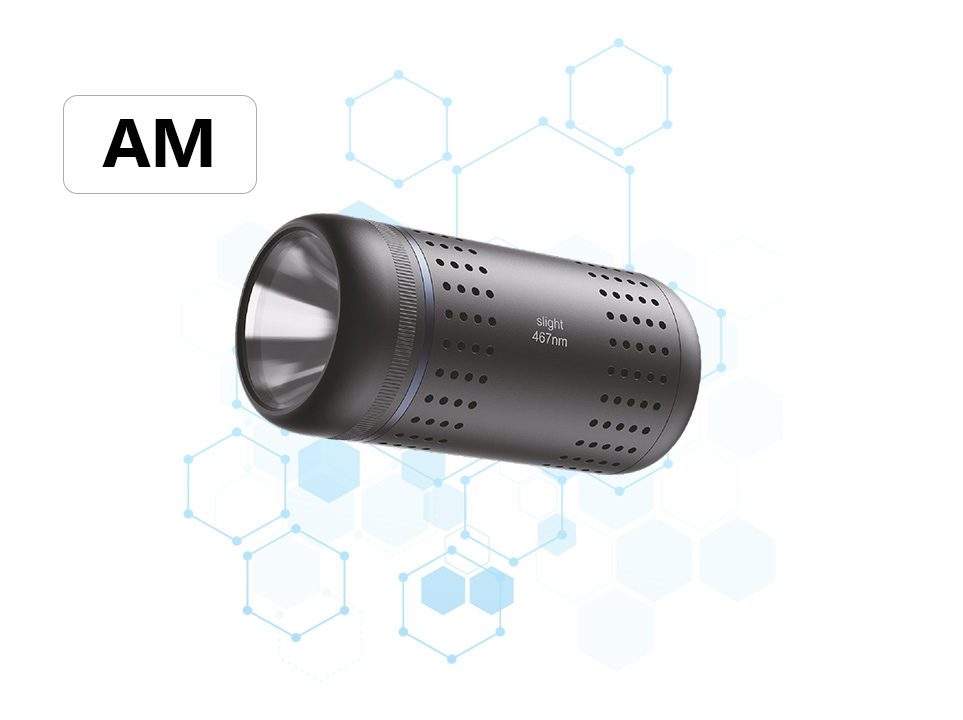Selection strategy of light column power for stainless steel kettle type photoreactors
Abstract:
The selection of light column power in stainless steel kettle-type photoreactors is crucial for optimizing photochemical reactions, influencing both reaction efficiency and product yield. This study systematically investigates the factors influencing light column power selection and proposes a comprehensive strategy to ensure optimal performance of photoreactors. Through experimental validation and theoretical analysis, this research aims to provide guidance for the design and operation of stainless steel kettle-type photoreactors.
Keywords: stainless steel; kettle-type photoreactor; light column power; photochemical reaction; optimization strategy
Introduction
Stainless steel kettle-type photoreactors are widely used in photochemical synthesis due to their durability, corrosion resistance, and ease of operation. The light column, as the core component of these photoreactors, provides the necessary illumination for initiating and sustaining photochemical reactions. However, the selection of light column power is complex, involving multiple factors such as reactor geometry, reaction kinetics, and light absorption characteristics of the reactants. Therefore, a systematic strategy for selecting light column power is essential to maximize the efficiency and yield of photochemical reactions.
Factors Influencing Light Column Power Selection
2.1 Reactor Geometry
The geometry of the stainless steel kettle-type photoreactor, including its dimensions, shape, and material thickness, significantly affects the distribution and intensity of light within the reactor. Larger reactors require higher light column power to ensure adequate illumination throughout the reaction volume. Additionally, the material thickness and surface finish of the reactor can influence light absorption and scattering, further impacting the selection of light column power.
2.2 Reaction Kinetics
The kinetics of the photochemical reaction determine the rate of photon absorption and utilization by the reactants. Reactions with high quantum yields and fast reaction rates require less light column power per unit volume compared to slower reactions. Therefore, knowledge of the reaction kinetics is crucial for selecting the appropriate light column power.
2.3 Light Absorption Characteristics of Reactants
The absorption spectrum and extinction coefficient of the reactants play a critical role in determining the effective penetration depth of light within the reactor. Reactants with high extinction coefficients absorb more light, reducing the penetration depth and necessitating higher light column power to maintain adequate illumination at deeper reactor levels.
Selection Strategy for Light Column Power
3.1 Experimental Validation
Experimental validation is essential for determining the optimal light column power. This involves conducting a series of photochemical reactions under varying light column power conditions and measuring the reaction rates, yields, and product purity. By comparing these metrics, the optimal light column power can be identified for a given photoreactor configuration and reaction system.
3.2 Theoretical Analysis
In addition to experimental validation, theoretical analysis can provide insights into the underlying mechanisms governing light absorption, scattering, and utilization within the photoreactor. Computational fluid dynamics (CFD) simulations can be used to model the light distribution within the reactor and predict the optimal light column power based on reactor geometry, reactant properties, and reaction kinetics.
3.3 Iterative Optimization
The selection of light column power is often an iterative process involving multiple rounds of experimental validation and theoretical analysis. Based on the results obtained, adjustments can be made to the reactor design, reactant concentrations, or light source configuration to further optimize the performance of the photoreactor.
Conclusion
The selection of light column power for stainless steel kettle-type photoreactors is a multifaceted challenge requiring careful consideration of reactor geometry, reaction kinetics, and light absorption characteristics of the reactants. Through a combination of experimental validation and theoretical analysis, a comprehensive strategy for selecting optimal light column power can be developed. This strategy not only maximizes the efficiency and yield of photochemical reactions but also provides a framework for the design and optimization of stainless steel kettle-type photoreactors.





